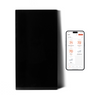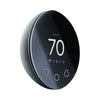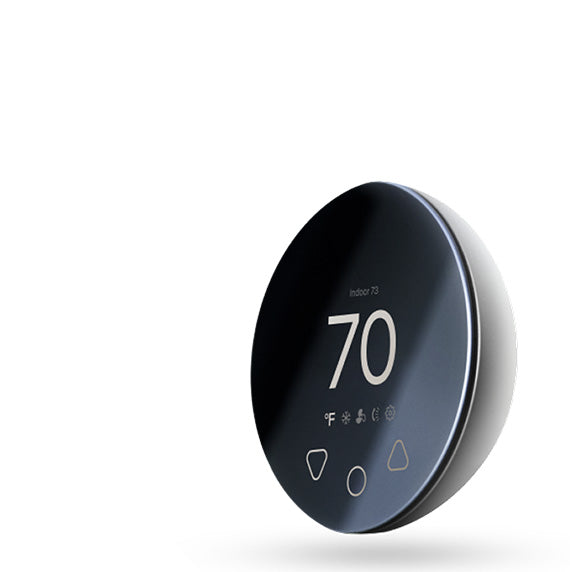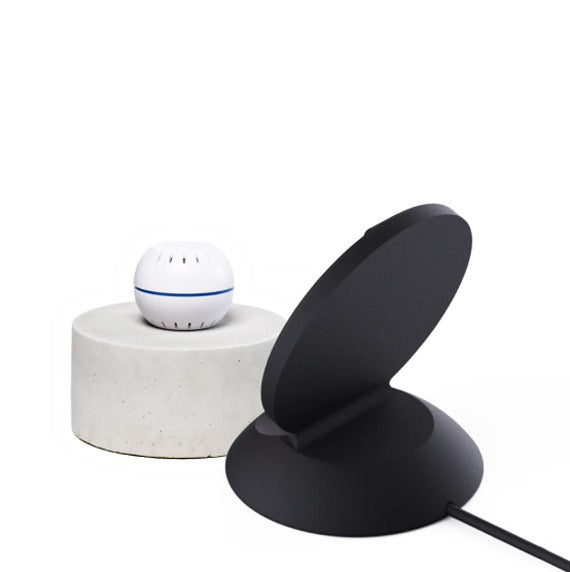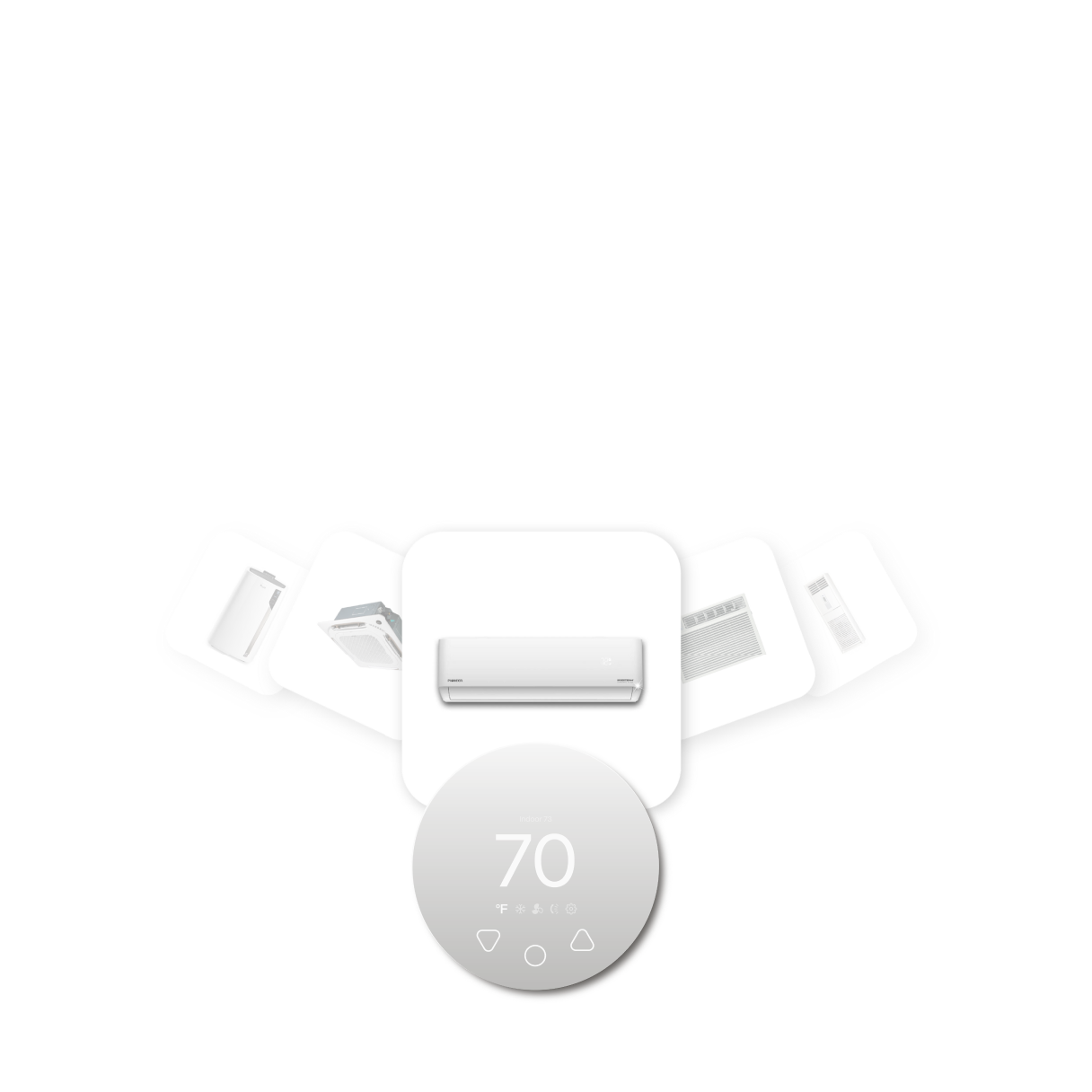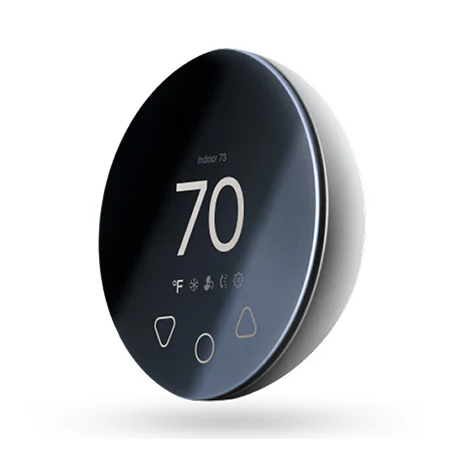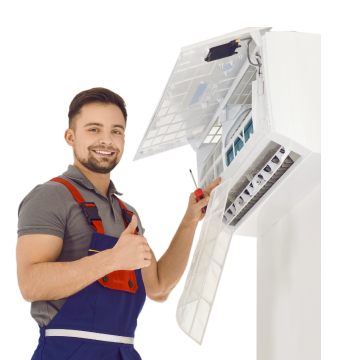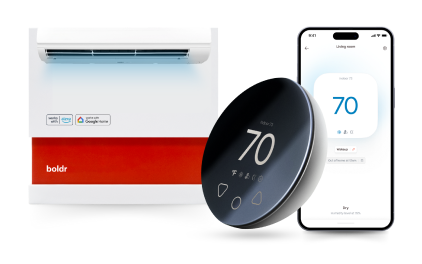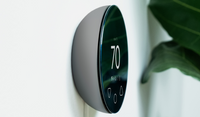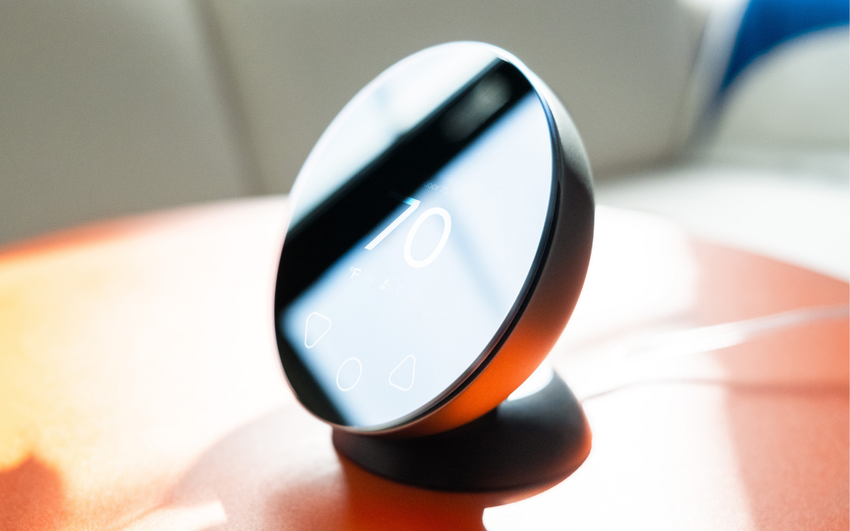
Your A/C bill arrived last month, and you stared at those numbers longer than usual. Between rising energy costs and that weird rattling sound from your unit, you’re wondering if throwing more money at repairs still makes sense.
Sometimes, the decision between fixing what you have and investing in something new isn’t just financial—it’s about peace of mind during those sweltering nights.
Should You Upgrade Your A/C Unit This Year?
Let’s cut through the sales talk: not every issue means it’s time to replace your A/C. But clinging to an aging, inefficient system could quietly be costing you more than you think.
Holding off on an upgrade might make sense short-term, but if your unit is struggling, those repair bills and spiking energy costs will only climb higher.
A modern, energy-efficient system could pay for itself in savings over just a few summers.
Performance Warning Signs That Signal It’s Time for a Change
Your electricity meter isn’t shy—it tells you when your A/C is working harder than ever. If your bills are rising while your comfort is declining, it might be time to look closer.
Common warning signs your unit is nearing the end
- Steadily rising utility bills despite normal usage.
- Uneven cooling—certain rooms are too warm or too cold.
- Persistent humidity, even when A/C runs regularly.
- Unusual noises or odors from the unit.
- Frequent on/off cycling, causing wear and discomfort.
And if your system’s SEER (Seasonal Energy Efficiency Ratio) rating is below 15, you’re missing out. Modern units now boast SEER ratings of 20+, which can drastically reduce your power consumption.
Environmental Impacts
- Coastal regions: Salt air corrosion reduces lifespan to 7–12 years.
- Deserts: Dust and high temps put a heavy load on components.
- Humid areas: Constant dehumidification strains internal systems.
- Cities: Pollution and poor air quality clog filters and dirty coils faster.
Maintenance Habits That Matter
- Change filters every 1–3 months during peak season.
- Clear outdoor units of leaves, debris, or overgrowth.
- Schedule annual tune-ups for inspections and cleanings.
- Fix small issues early to prevent expensive breakdowns.
Klima - Smart Home Thermostat for Mini-splits, Air Conditioners and Heatpumps
Compatible with all brands of ACs and Mini-Splits Automate Climate Management Control remotely Reduce Energy Consumption Monitor bills in realtime
Try Now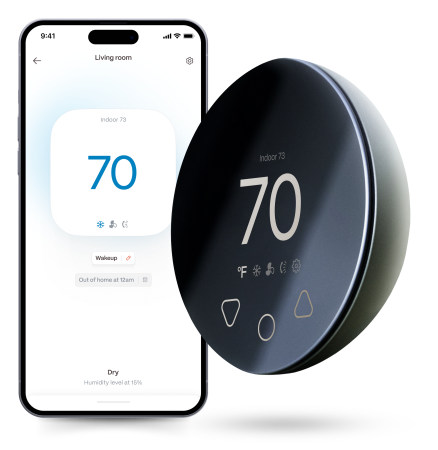
Repair vs. Replace: The $5,000 Rule of Thumb
Still on the fence? Professionals often rely on this rule:
Age × Cost of Repair = Replace Threshold
If the result exceeds $5,000, replacement is usually the smarter financial move.
For example
- A 15-year-old AC needing a $400 fix: 15 × $400 = $6,000 → Replace
- A 10-year-old system with a $350 repair: 10 × $350 = $3,500 → Repair
Also, beware of R-22 refrigerants. If your unit still uses it, repairs are expensive and outdated. Newer systems use R-410A, which is more efficient, environmentally safe, and accessible.
Best Time to Buy or Replace
- Spring or Fall: Off-peak seasons offer lower prices and flexible scheduling.
- Summer: Emergency replacements are expensive, and options are limited.
How Klima Helps You Upgrade Smart—or Extend What You’ve Got
The Klima Smart Thermostat designed for ductless A/C’s like mini-splits and heat pumps. It's your personal HVAC analyst and money-saver—without needing a degree in climate control.
With Klima’s Health Monitoring Smart Feature, your system becomes proactive instead of reactive:
- Get notified if your mini-split shows signs of failure.
- Track real-time performance and spot inefficiencies early.
- Extend your system’s life with informed maintenance alerts.
- Know exactly when an upgrade is necessary—before you get stuck sweating.
Even if your unit isn’t brand new, Klima helps you stretch every cooling dollar. And when the time comes to replace, Klima ensures you’ve done so with confidence—not desperation.
Conclusion
Staying cool shouldn’t mean draining your wallet or living with uncertainty about whether your A/C will survive another summer.
Upgrading your air conditioning is a significant decision—but it doesn’t have to be a blind one. By recognizing the warning signs, understanding your unit’s lifespan, and leveraging smart tools like Klima, you gain clarity and control over your home’s comfort and energy efficiency.
Whether you're looking to extend the life of your current mini-split or planning a system upgrade, being proactive today can save you money, stress, and sweat tomorrow. Smart cooling isn’t just about new tech—it’s about making smart decisions, on your terms, and on your budget.
